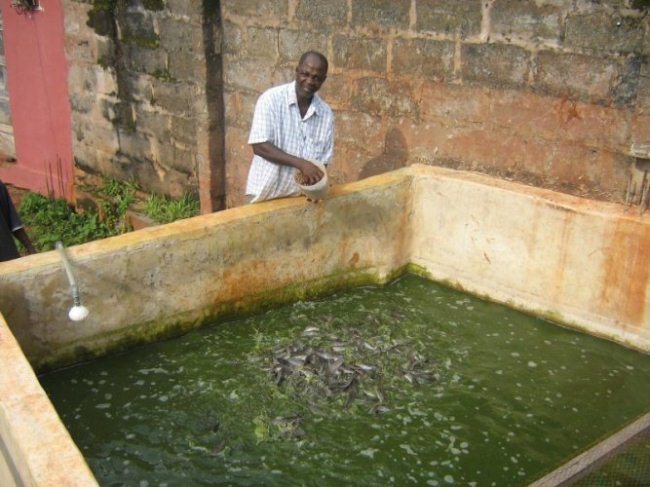
Fish farming falls under the animal production sector of Agriculture, which can also be described as Aquaculture. Aquaculture is the farming of aquatic organism — fishes, crustaceans, mollusks etc., in fresh, salty or brackish water. Fishes are a known source for protein, and fish farming involves the planned growth and cultivation of fishes in tanks or proper enclosures for harvesting as food or commercial purpose.
According to Conservation International, “Aquaculture has a lower environmental impact than cattle, pig and poultry farming.” The demand for fishes grow on a daily basis given its – low in calories and cholesterol level – health benefits. The most common species cultivated amongst farmers within Nigeria are Catfish and Tilapia. In fish farming, fishes are raised in controlled tanks or ponds, and the kind of fishes cultivated by farmers depends on market demand.
FACTORS TO CONSIDER BEFORE STARTING A FISH FARM
1. TECHNICAL KNOW-HOW / PLANNING
Fish farming like any other successful business requires an enormous amount of planning, knowledge and skills before venturing into it. An extensive study of fish production techniques and cost of equipment are necessary. When researching for a prospective fish farm, you have to know the conditions surrounding the proposed location, the water source in the area, the amount of water flowing from it, the water’s rate and temperature. Also the level of conduciveness of the structures around the fish farm and other natural resources available within the area of jurisdiction has to be put into consideration.
2. REGISTRATION / LICENSING
Registration makes your business legitimate. You will have to register with the Corporate Affairs Commission, and also obtain clearance from associations related to fish farming, required for you to operate.
3. THE CHOICE OF FISHES TO CULTIVATE
Selecting the species of fish is important, to determine the appropriate techniques – pond or tank. You can go for catfish or tilapia, but you should choose the right fish for your expertise. For beginners, catfish is easy to cultivate.
4. FINANCIAL ANALYSIS
Construction design including construction drawings and specifications, detailed equipment lists and costs; operating costs, cost of fingerlings, fish feed, electricity and fuel, labour, maintenance, drugs, transportation; capital costs, land & buildings, building ponds/raceways, plumbing & pipes tanks & aerators, oxygen meters, nets & boots, etc.
5. ECONOMICS (Start Small)
This is getting started with less than 100 fingerlings. Having a regimented amount of fishes allows you – for a start – to manage the factors that come with fish cultivation, such as food, water and weather conditions.
6. AVAILABLE MARKETS
You should consider your market and those you intend to target before going into fish farming. Once a market is available for your products, then you will check if demand is high all year round for some or all of your products; and also have alternative marketing strategy and sales plan in the situation of glut.
7. ENVIRONMENTAL FACTORS/HAZARDS
Environment matters a lot because your farm might be exposed to potential hazards and threats such as vandals, insects, birds, snakes and cats. Environmental condition could be affiliated to climatic conditions too, like amount of rainfall, sunshine, etc. Environmental conditions/hazards determine the kind of habitat to be built for fish farming.


